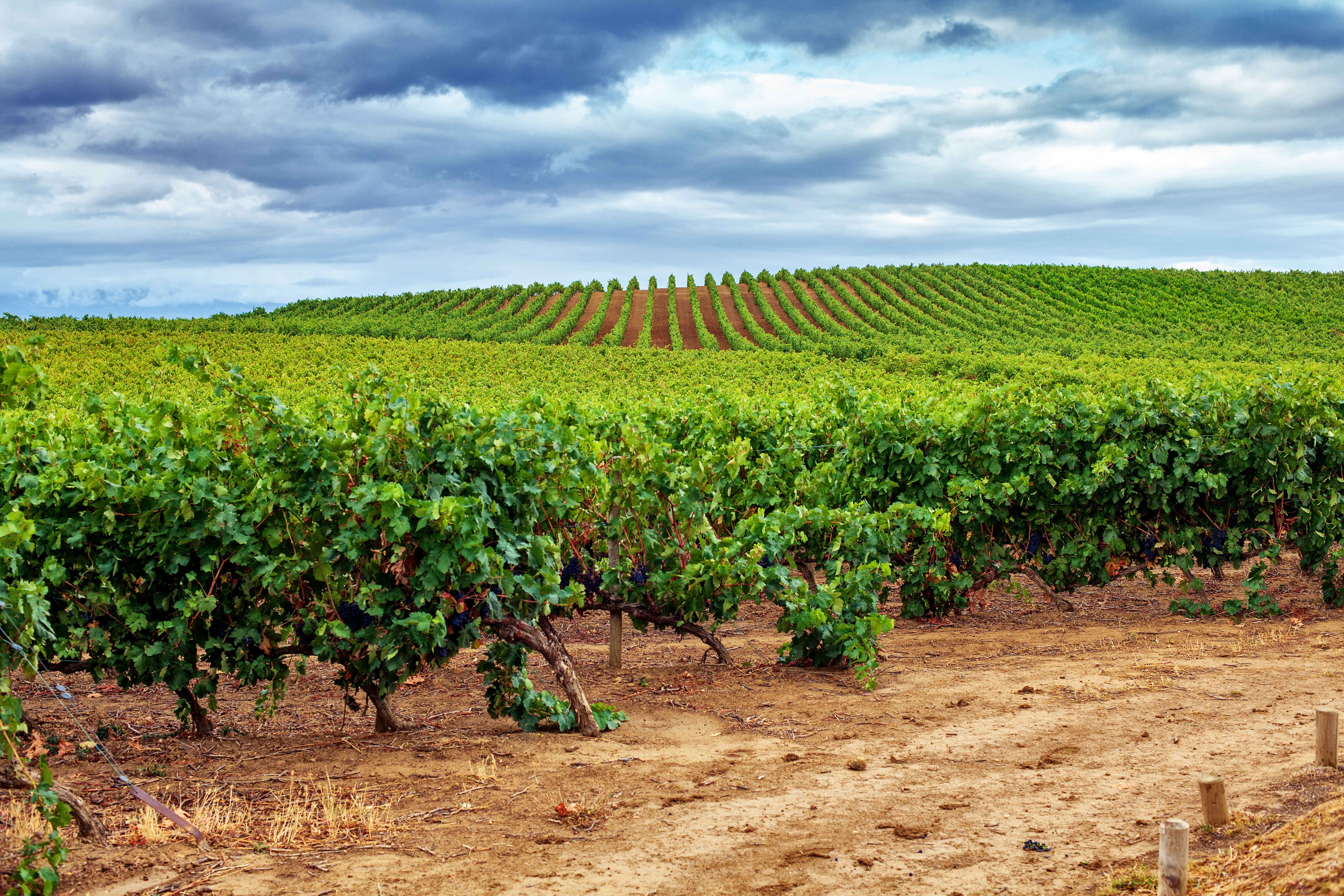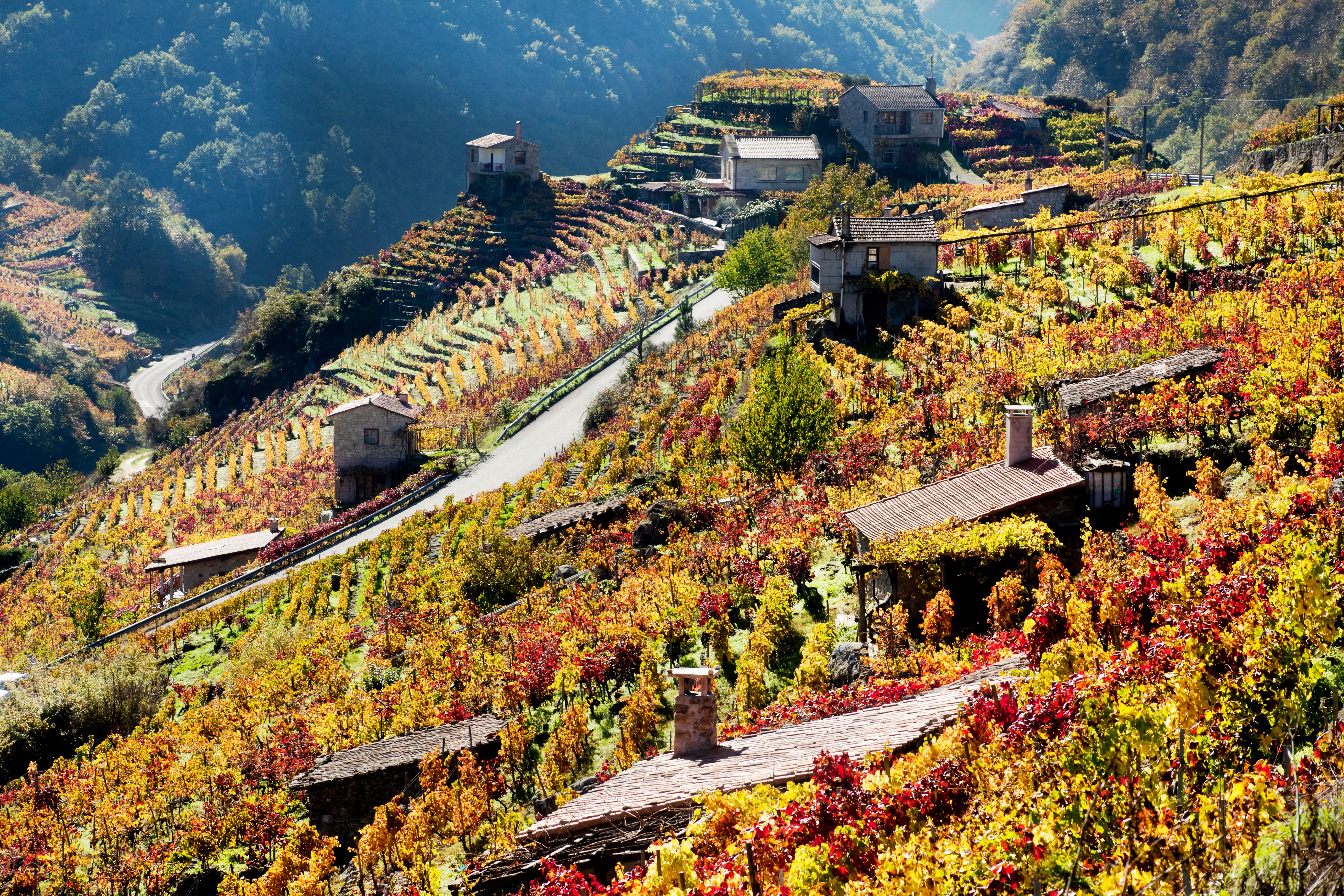Exploring the Rich Heritage of Rioja Wine
The Historical Roots of Rioja Wine
The lush, rolling vineyards of the Rioja region in Spain are home to some of the world's most renowned wines. With a history that spans centuries, Rioja wine has become synonymous with quality and tradition. The region's unique climate and soil conditions create the perfect environment for cultivating the Tempranillo grape, the backbone of Rioja wine production.
Rioja's journey to international fame began in the 19th century when winemakers in the region adopted French winemaking techniques. This melding of Spanish tradition and French innovation set the stage for Rioja's rise in popularity. Today, Rioja stands as a symbol of Spain's rich vinicultural heritage, drawing wine lovers from all over the globe.

The Classifications of Rioja Wine
Understanding the classifications of Rioja wine is essential for any enthusiast. Rioja wines are categorized into four distinct types based on their aging process, each offering a unique experience:
- Rioja: The youngest, aged less than a year in oak barrels.
- Crianza: Aged for at least two years, with a minimum of one year in oak.
- Reserva: Aged for a minimum of three years, with at least one year in oak.
- Gran Reserva: The most mature, aged for at least five years with two years in oak.
These classifications not only indicate the wine's age but also its flavor profile and complexity. Gran Reserva wines, for example, are known for their depth and sophistication, making them a favorite for special occasions.
The Terroir: A Unique Blend of Soil and Climate
The Rioja region is blessed with a diverse terroir that significantly influences the characteristics of its wines. The region is divided into three sub-regions: Rioja Alta, Rioja Alavesa, and Rioja Oriental. Each sub-region boasts distinct soil types and microclimates that contribute to the complexity and variety of Rioja wines.
The interplay between these elements results in wines that are rich in flavor and aroma. From the clay-rich soils of Rioja Alta to the limestone-dominated terroirs of Rioja Alavesa, each bottle tells a story of its unique origin.

The Art of Winemaking in Rioja
The winemaking process in Rioja is a delicate art that combines traditional methods with modern technology. Winemakers in the region are dedicated to preserving time-honored techniques while embracing innovation to enhance the quality of their wines. Oak aging is a hallmark of Rioja wines, imparting distinct flavors and aromas that have become characteristic of the region.
In recent years, there has been a resurgence of interest in organic and biodynamic winemaking practices. Many vineyards are now focusing on sustainable methods to ensure that future generations can continue to enjoy the splendor of Rioja wines.
Pairing Rioja Wine with Cuisine
Rioja wines are incredibly versatile when it comes to food pairings. Their balanced acidity and rich flavors make them an excellent match for a wide range of dishes. Here are some popular pairings:
- Crianza: Pairs well with grilled meats and roasted vegetables.
- Reserva: Complements lamb dishes and aged cheeses beautifully.
- Gran Reserva: Best enjoyed with hearty stews or game meats.
These pairings highlight the wine's ability to enhance a meal, bringing out subtle flavors and creating a harmonious dining experience.

The Future of Rioja Wine
As global interest in premium wines continues to grow, the future of Rioja wine looks promising. The region's commitment to quality and tradition ensures that it remains at the forefront of the wine industry. Emerging trends such as sustainable winemaking and increased experimentation with grape varieties are set to shape the future landscape of Rioja wines.
Wine enthusiasts worldwide eagerly anticipate new releases from renowned Rioja wineries, each bottle offering an exquisite taste of history and craftsmanship. Whether you are a seasoned connoisseur or a curious newcomer, exploring the rich heritage of Rioja wine is an unforgettable journey into one of Spain's most treasured regions.
